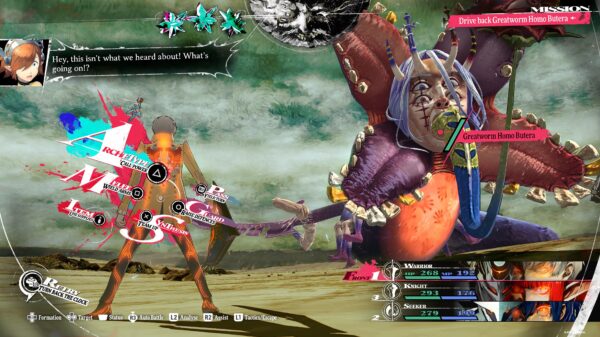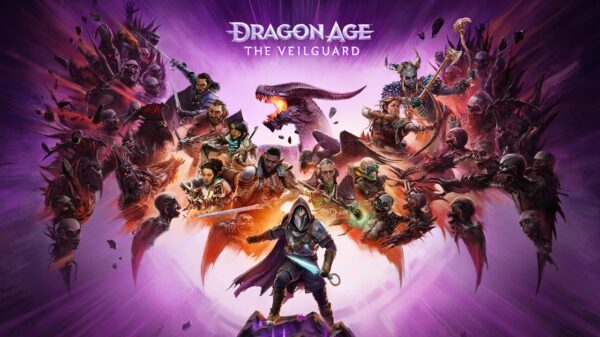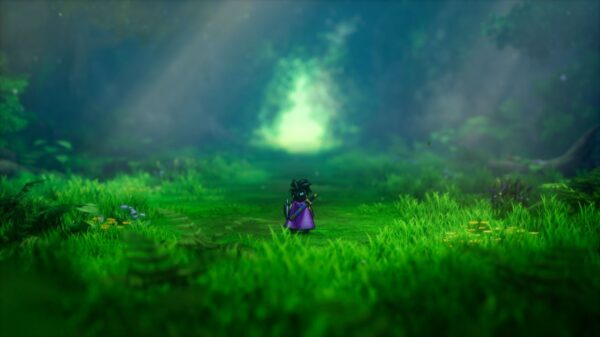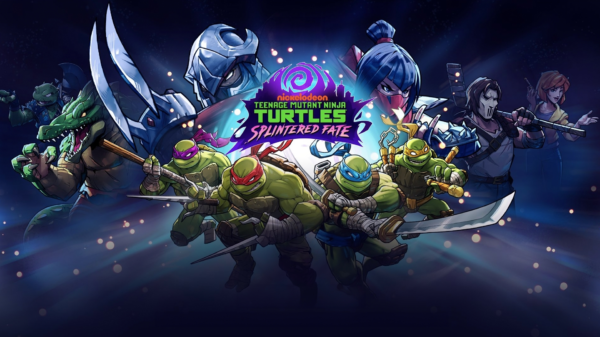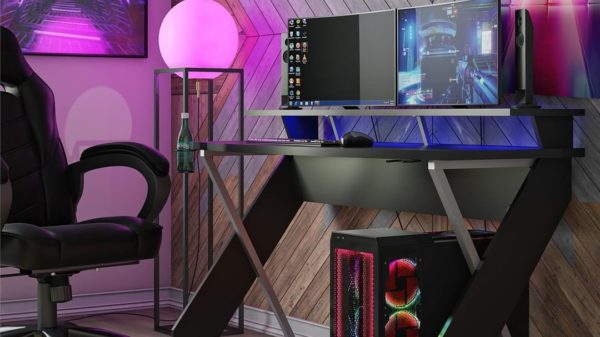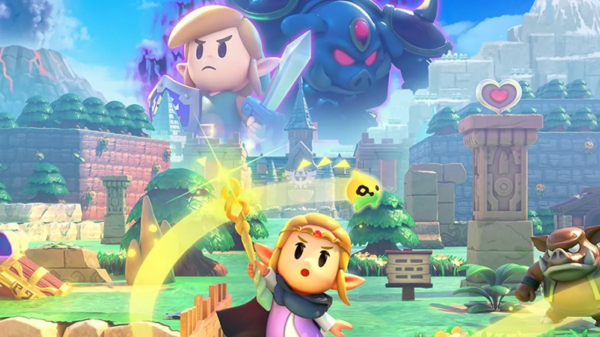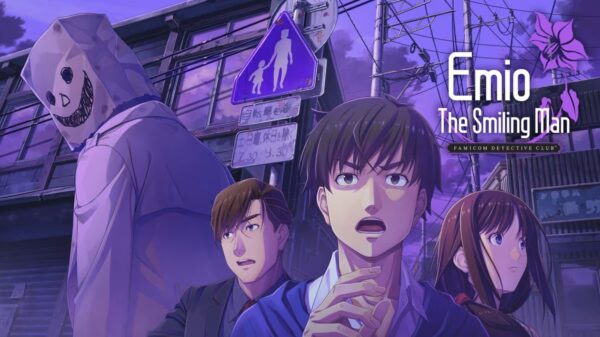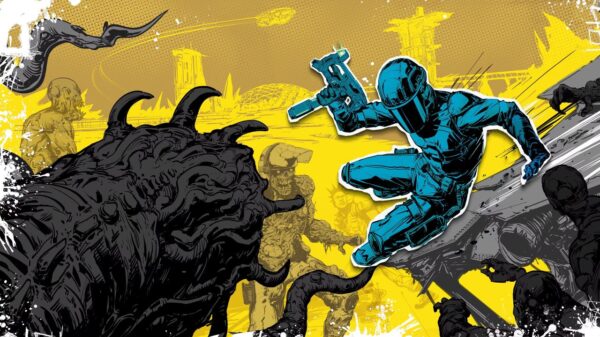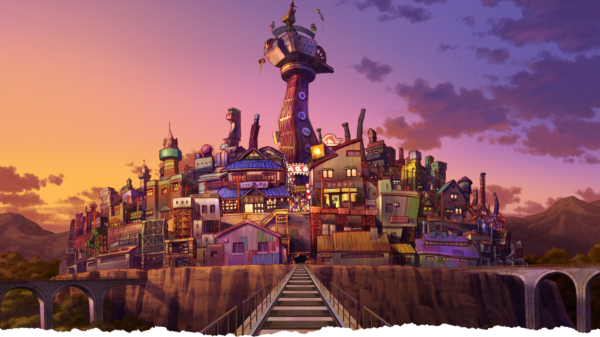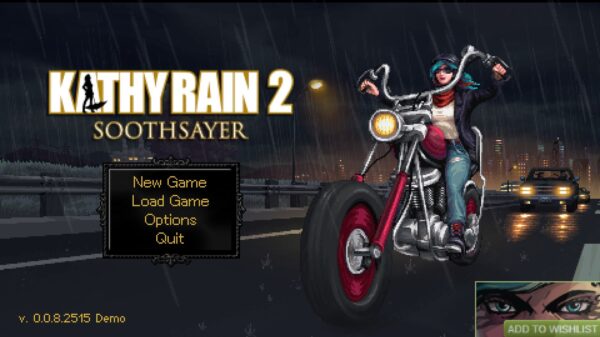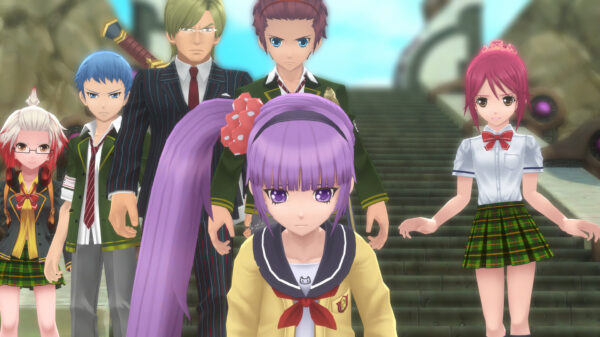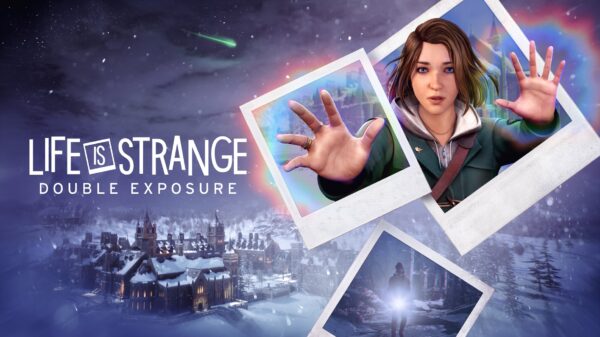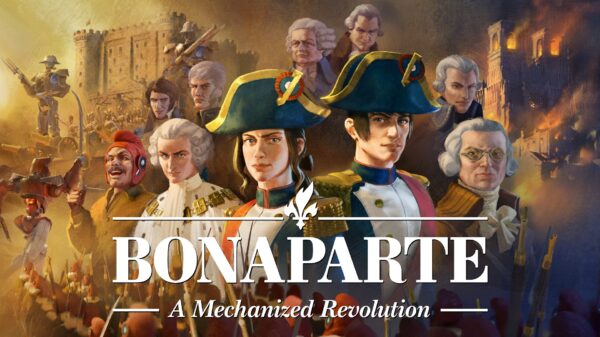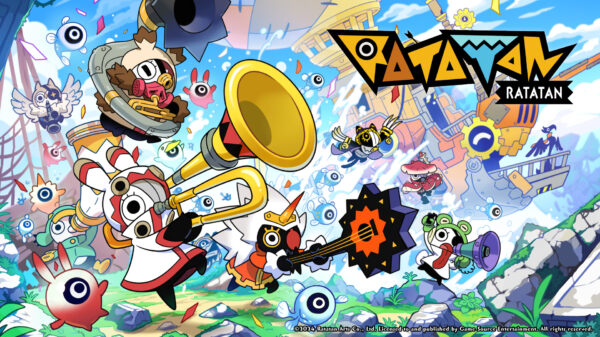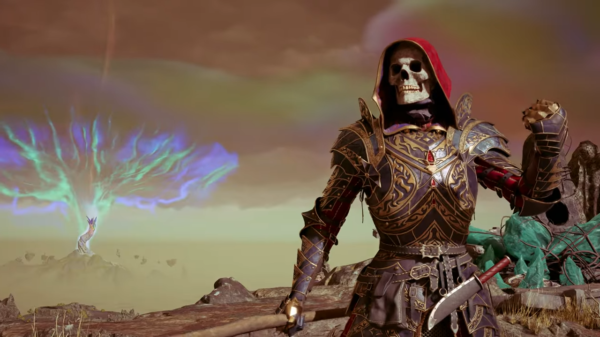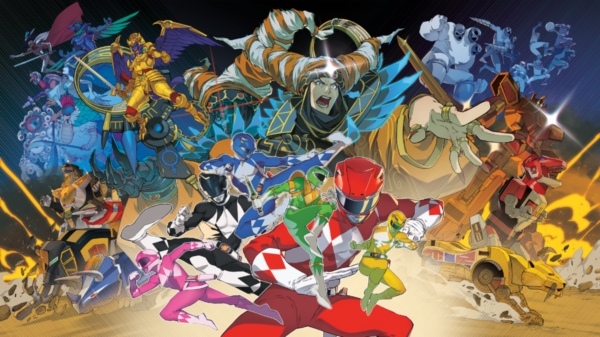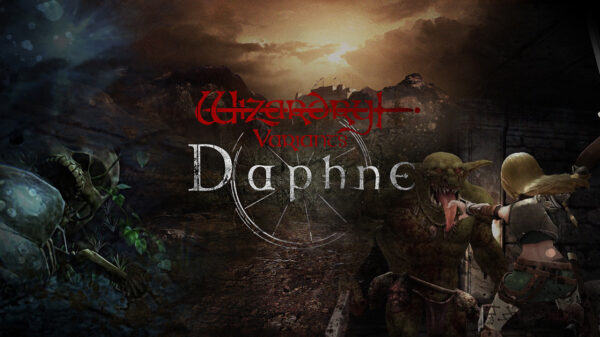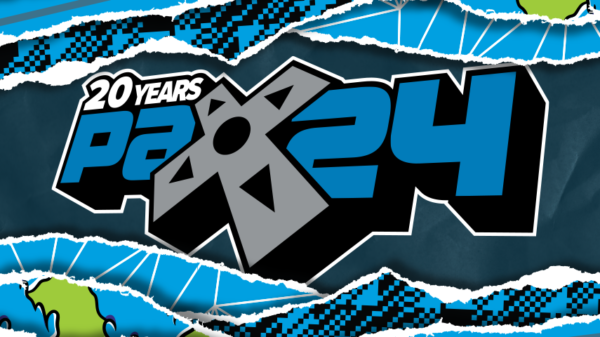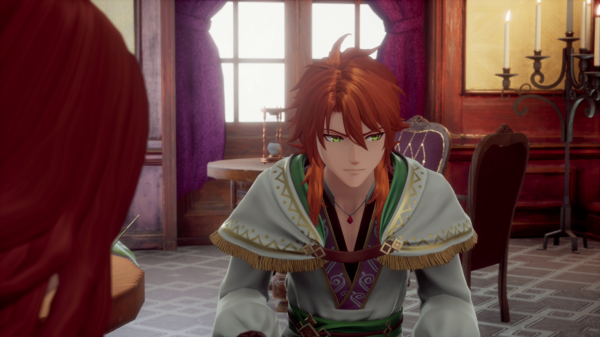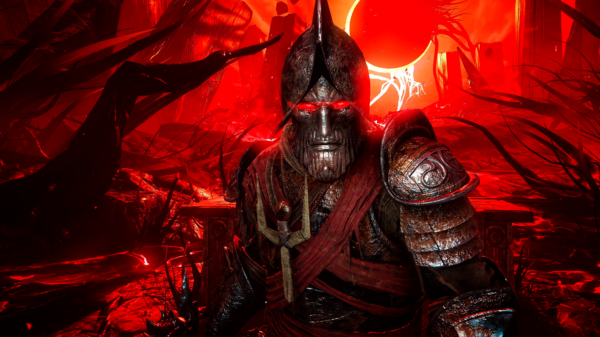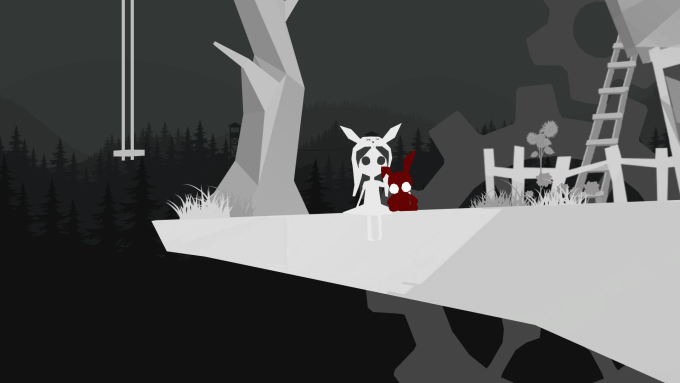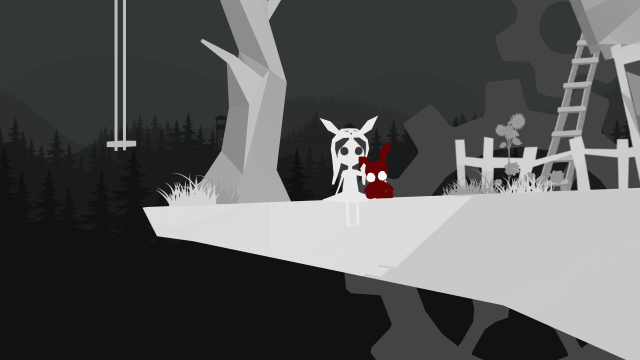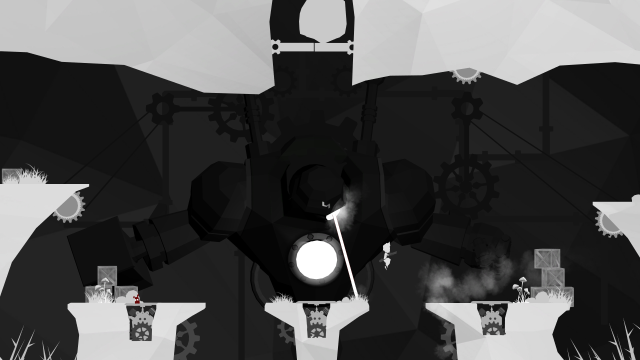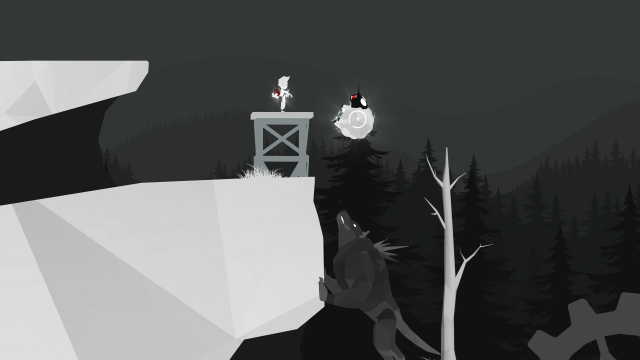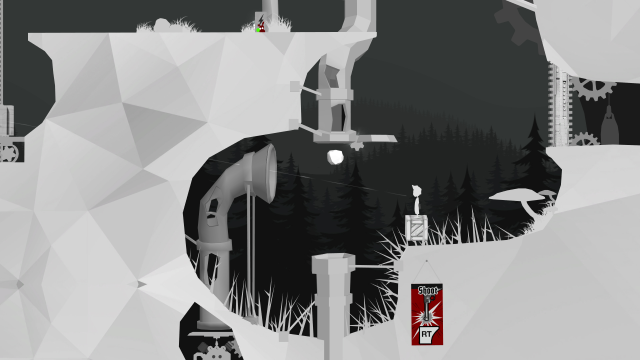In an industry awash in puzzle-platformers does Albert and Otto – The Adventure Begins do enough to differentiate itself from the rest?
Albert and Otto – The Adventure Begins
Developer: Nikola Kostic
Price: $4.99
Platform: PC
MonsterVine was supplied with PC code for review
When opening Albert and Otto – The Adventure Begins (just Albert and Otto from now on) for the first time you wouldn’t be remiss in thinking it was a sequel to Limbo. A young boy with a large head navigating a sinister world full of traps and monsters all seems very familiar. Although there are some tweaks to certain mechanics, the roots of Albert and Otto are very visible.
There is no dialogue or explicit story elements, so putting the pieces together is up to you. That being said, there aren’t many pieces in the first place. To set the scene, our sister has been kidnapped by a dark, ethereal force. We, as her gun-toting brother, set out on a mission to get her back. After finding her doll, Otto, we start to unlock mysterious powers that help you progress the increasingly challenging puzzles.
Similar to the afore-mentioned Limbo, the game consists of moving from left to right and using the environment around you to progress. Pushing boxes, avoiding spikes, jumping over holes and all the other classic elements are present. What games of this ilk really depend on are solid mechanics, tight platforming and creative puzzle design.
In Albert and Otto‘s case the mechanics are satisfactory. Otto acts as a lodestone of power. Carrying him with you grants access to the unlocked special abilities. Put him down on a weight triggered floor switch however, and the powers remain with him. Double-jumping, telekinesis and electricity are at your disposal for all your puzzle-solving needs. Secondly, you have a gun strapped to your arm and while it is used for some offensive action in the early stages of the game, it quickly takes a back seat. It is used more often for the utility of shooting ropes and breaking obstacles.
The platforming has a floaty feel and would be familiar to any Limbo player. I can’t help but continue to make comparisons between the two games as parallels exist across so many aspects. You are unable to grab ledges resulting in a few frustrating deaths. Collectibles are scattered throughout the world, but collecting them has no obvious reward or incentive. They appear to be shards and I’m unable to ordain any significance they have to the narrative.
Now we come the crux of the genre, puzzles. They utilize a nice combination of mechanics and the physics engine. Throwing rocks with telekinesis, having a sequence of actions to take within a limited amount of time and using sheep to your advantage are all enjoyable puzzle elements. However, the majority of time I spent playing consisted of two exceedingly difficult puzzle sections. Not necessarily due to complex puzzles, but that any mistake you make is an instant death and requires starting the entire section from the beginning. The fast-pace required to complete the section brings to the surface all the annoyances in the physics system. Madly trying to place a box on a platform brings to light their lack of weight and the elaborate platforming exposes the frustrating hit-box of your character.
Second to that, there is inconsistency in the design. Say you want to pick up a box; if that box is behind a rock barrier, you aren’t able to grab it. However, if you take control of a box on your side of the barrier you can manipulate it around and knock the other into view. Here we have an example of telekinesis both working and not working through rock. Another example is that you can plunge a box into spikes to create a platform, whereas in other locations you can’t. Having main puzzle elements contradict each other and relying on the player knowing which is which is bad design.
The visual style, again reminiscent of Limbo, is made up of three 2D planes; the foreground, level and background. From forests, to army bases, to underground caverns the change in environment is noticeable and well presented. In some cases I found the blurry foreground blocked out too much of the screen and was distracting. Considering the nice art design being paired with eerie audio, it is surprising how little atmosphere is conveyed. The repetitive music and bright palette had the game feeling anything but sinister.
This brings me to my final concern. Apart from murdering a few sheep for the sake of progression, nothing really happens. Albert and Otto – The Adventure Begins is just that; a beginning. After roughly 2.5 hours of play, you are left with a lackluster ending and a slap of “to be continued.” This episodic format may have been acceptable if it was mentioned anywhere on the Steam store page, but it’s not.
All creative direction, programming and art being completed by Nikola Kostic, makes this basically a solo developed project. Keeping that in mind, being a bit rough around the edges is somewhat forgivable. However, when derivative design and messy implementation combine, I couldn’t help but feel thankful when it was done.
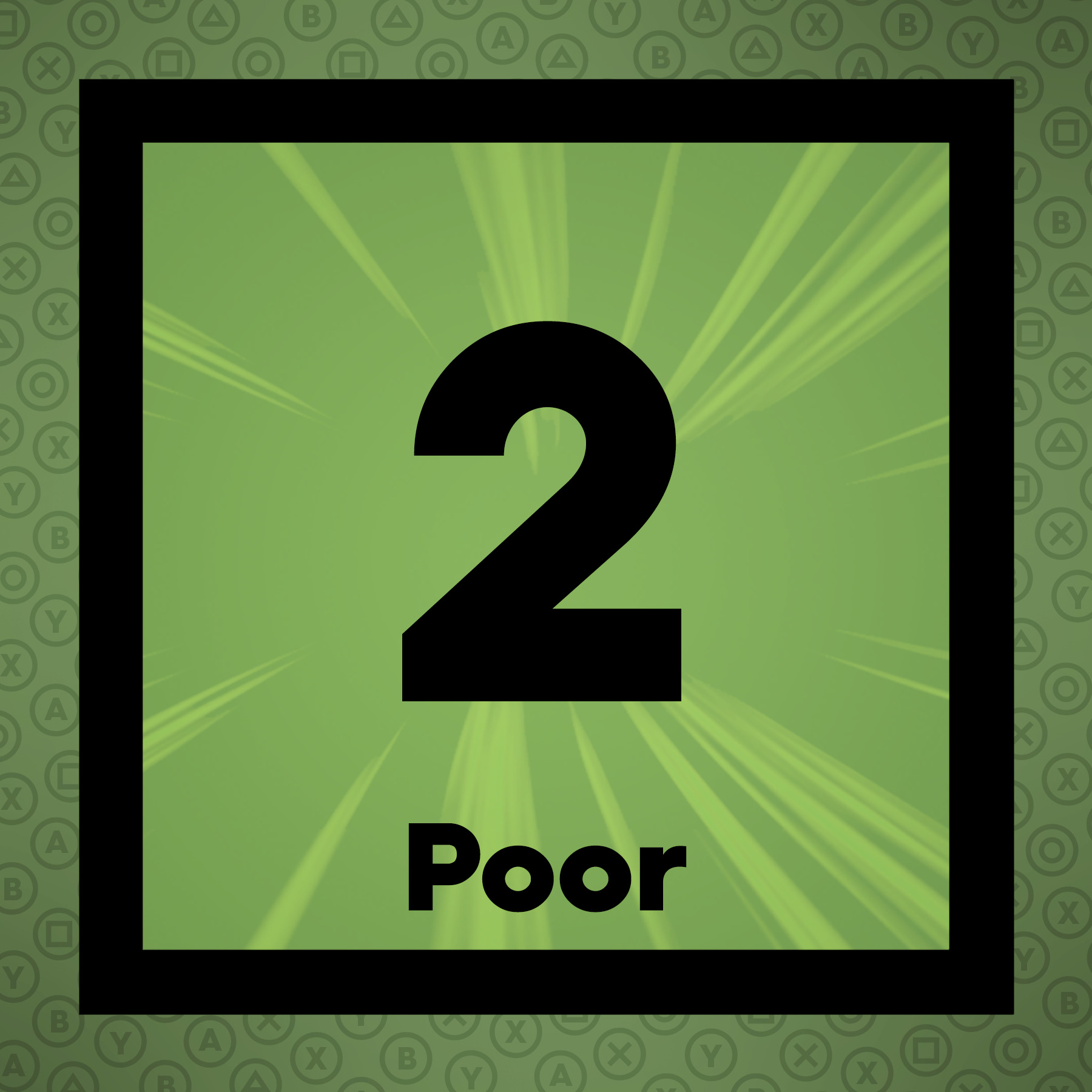 The Final Word
The Final Word
It takes a lot to stand out in the world of puzzle-platformers and unfortunately Albert and Otto – The Adventure Begins gets lost in the crowd. Very familiar concepts, frustrating execution, and an unfinished story leaves little to recommend.
– MonsterVine Rating: 2 out of 5 – Poor

